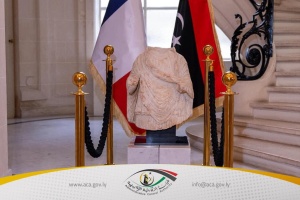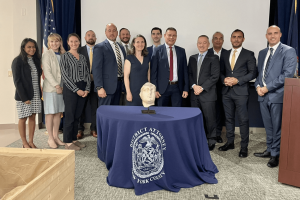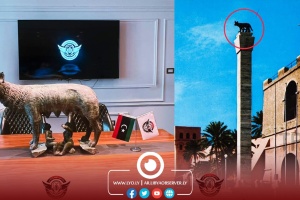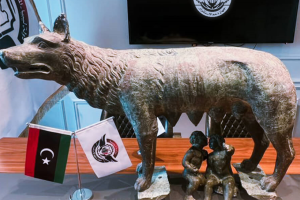A television investigation by the French channel TF1 revealed this week that some stolen Libyan antiquities that had been sold around the world ended up in the French Central Office for Combating Trafficking in Cultural Property, which is responsible for investigating incidents of stolen artifact and dismantling smuggling networks.
The investigation added that the French office seized a stolen Roman bust from an unnamed Libyan archaeological site, and said that antiquities' smugglers take advantage of wars or political instability to loot archaeological sites before reselling this heritage for imaginary prices, and these stolen items often end up in the most prestigious exhibitions and auctions where it is difficult to trace their origin.
The French archaeologist Morgan Belzic, who is investigating the stolen pieces that appear again illegally in the art market, was cited as saying that there is a statue that was sold at an auction in 2016 in London and was later proven to have been stolen from Libya in 2012. He explained that the smuggling networks had hidden the statue's source by destroying parts of it.
The French archaeologist pointed out that the illegal trade in cultural property occupies the third place among international criminal activities after trafficking in weapons and drugs, saying that smugglers destroyed parts of the stolen antiquities so that they did not appear that they came from Libya. He also said that once the origin was forged, the Libyan piece reappeared in a sale carried out by one of the three largest global auction houses.








